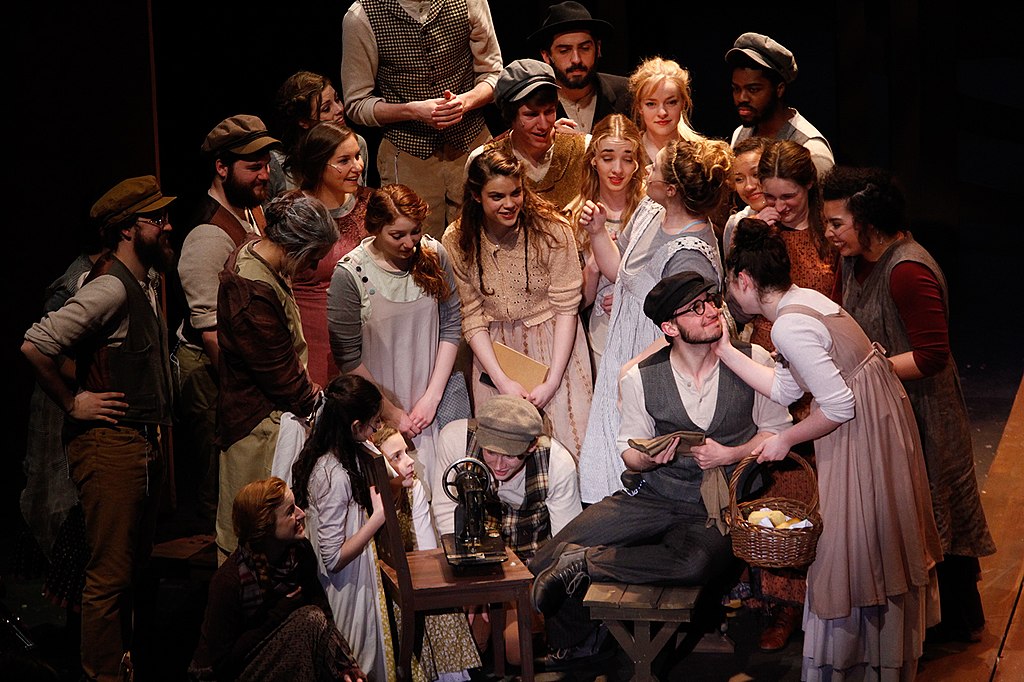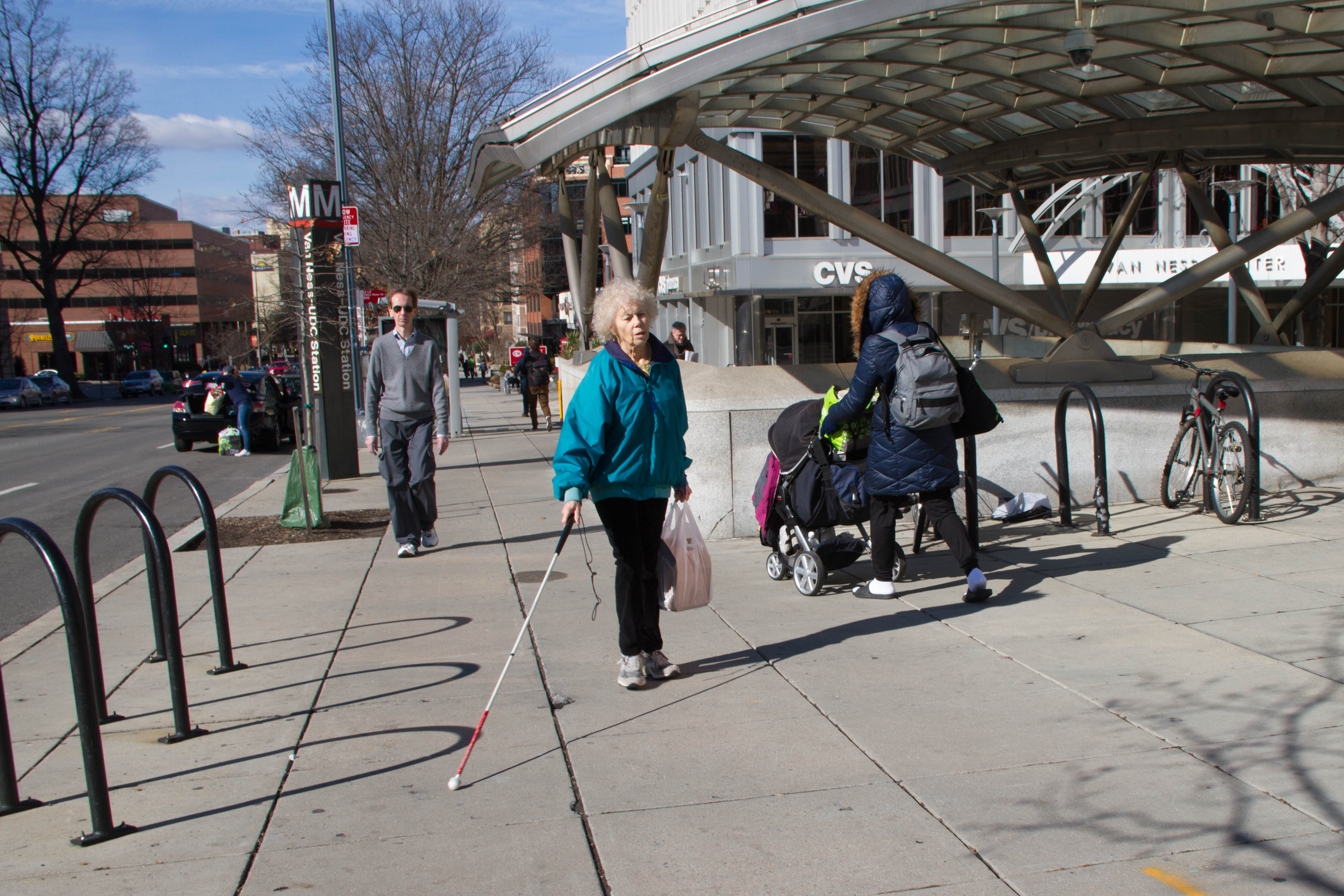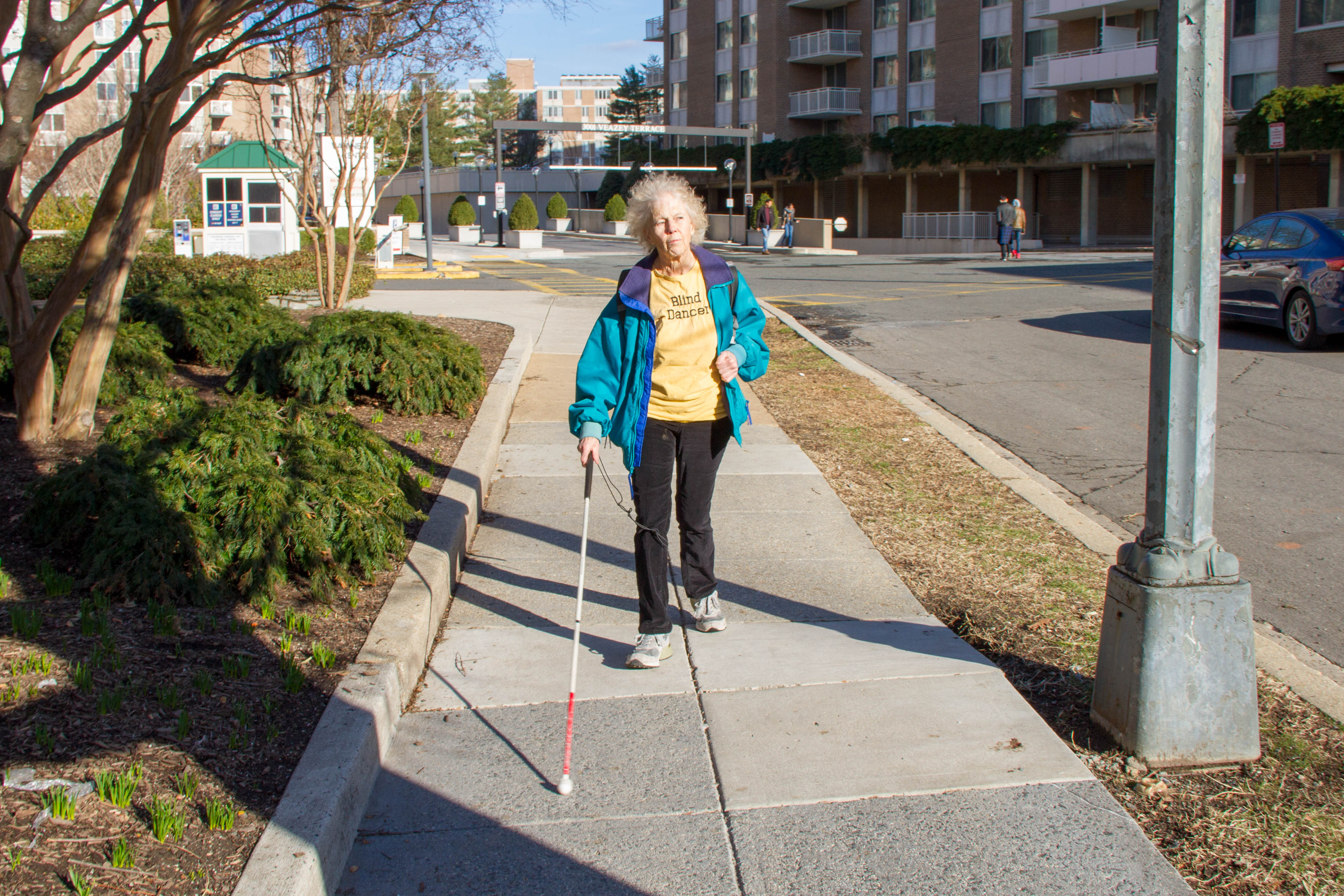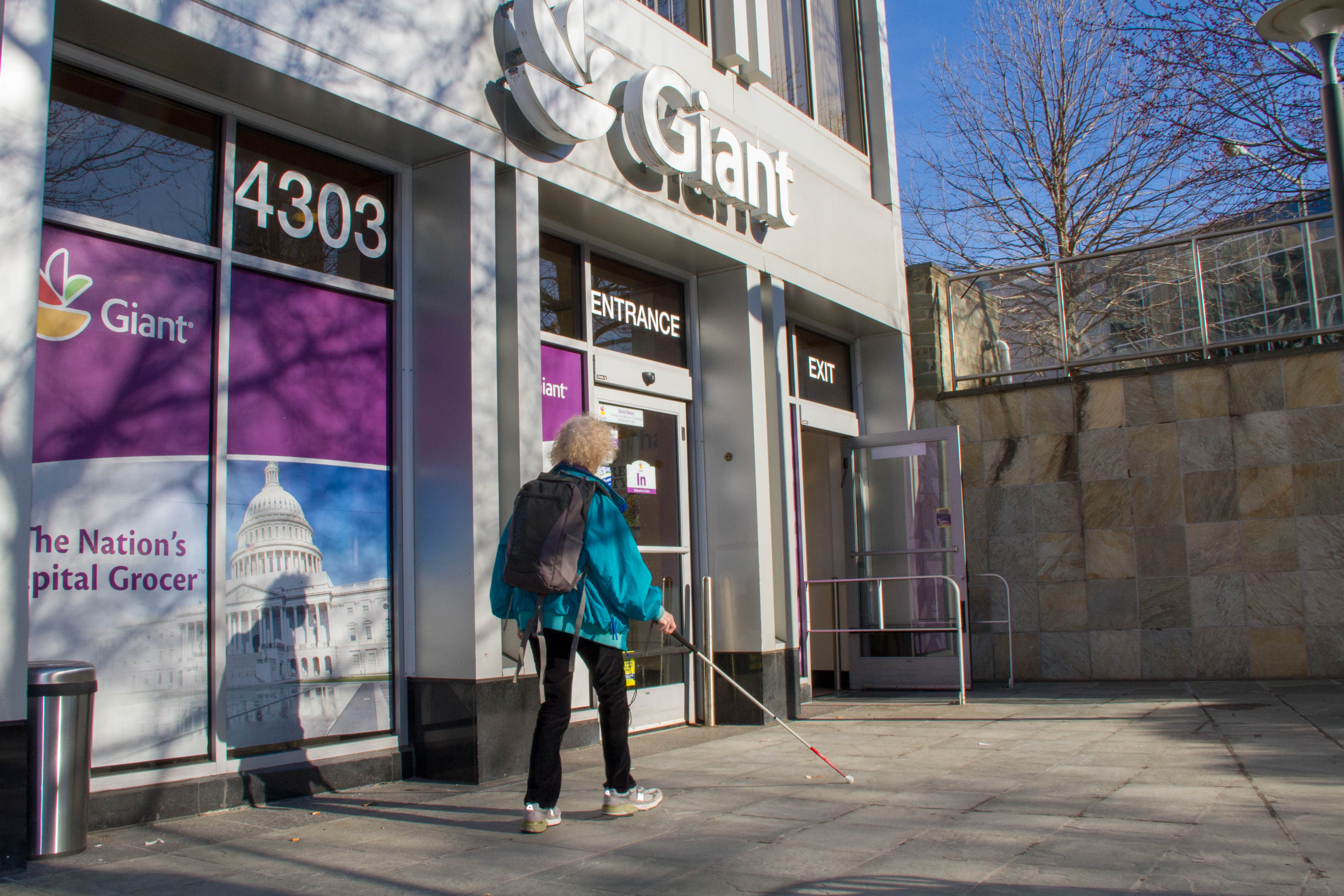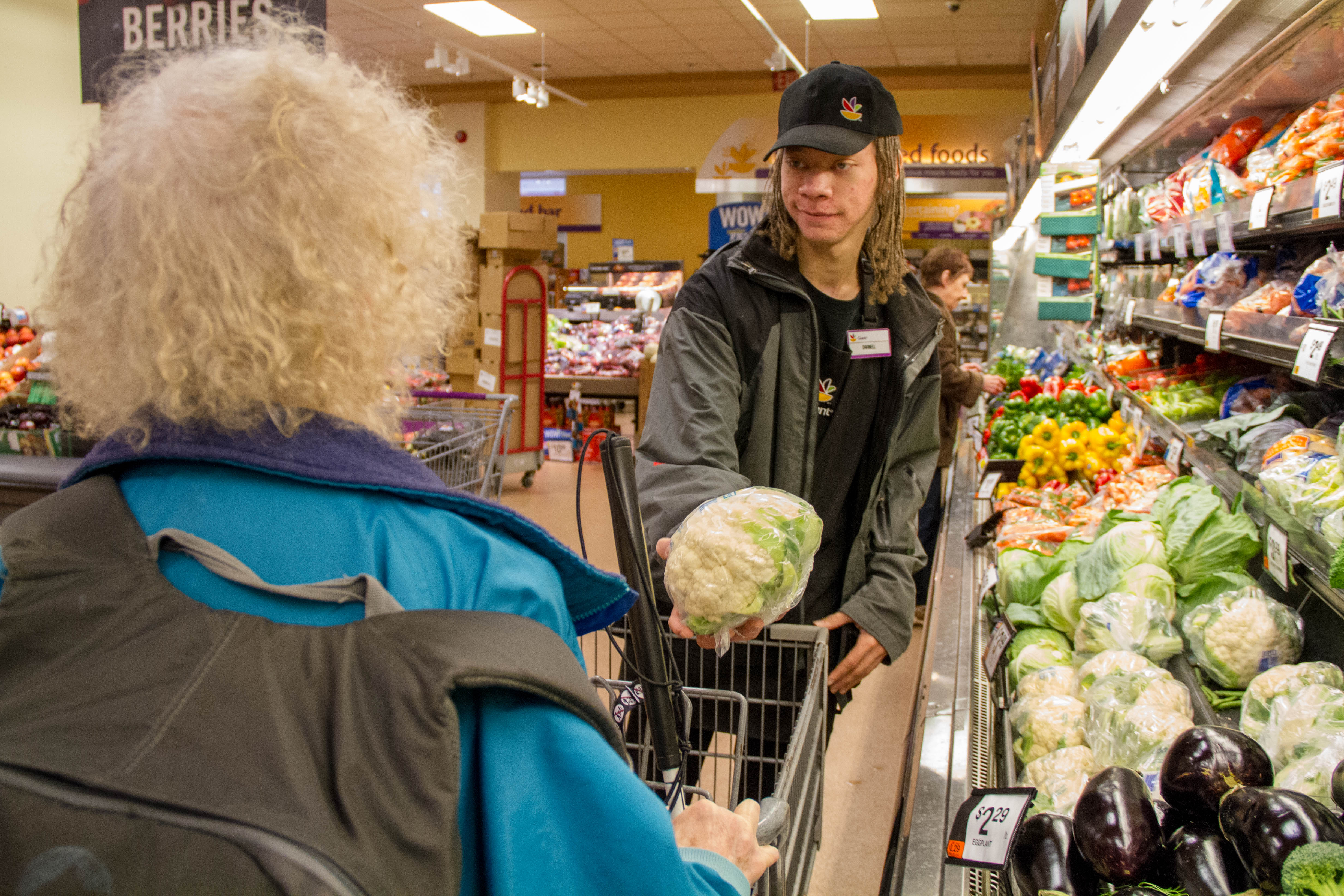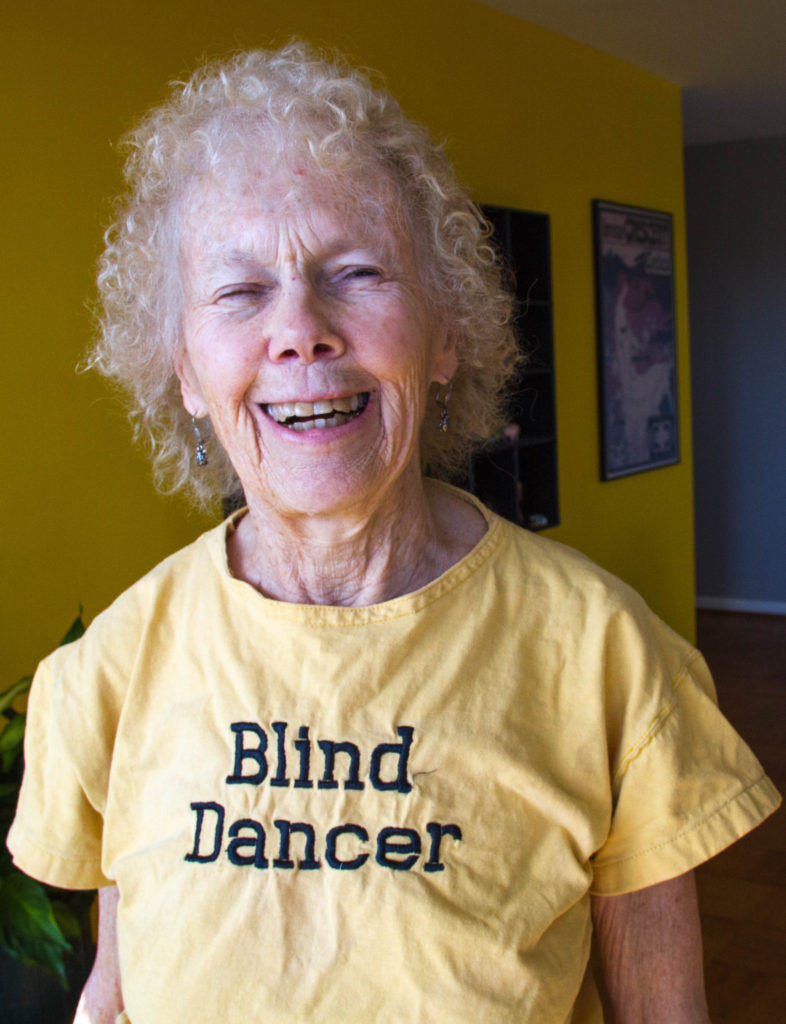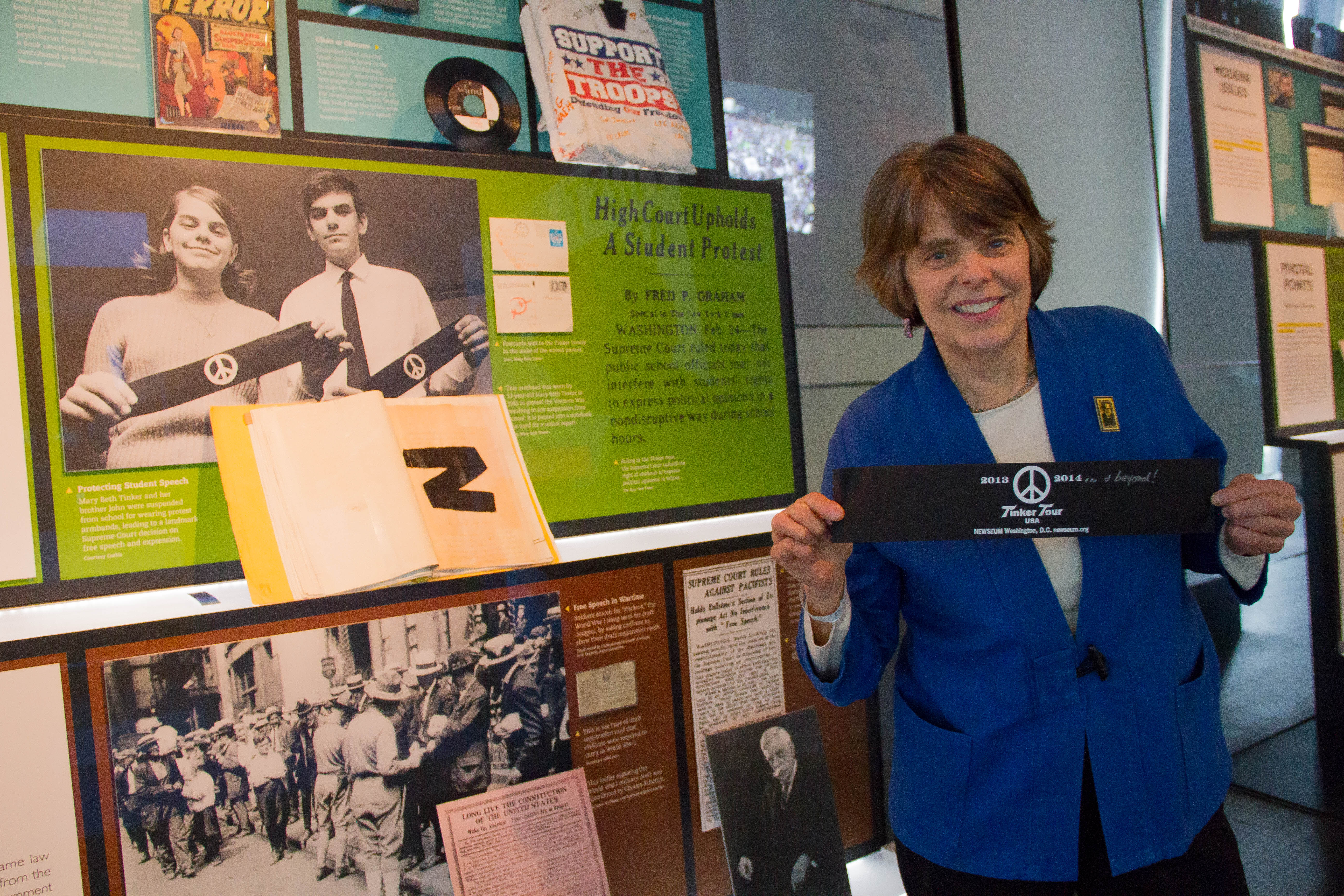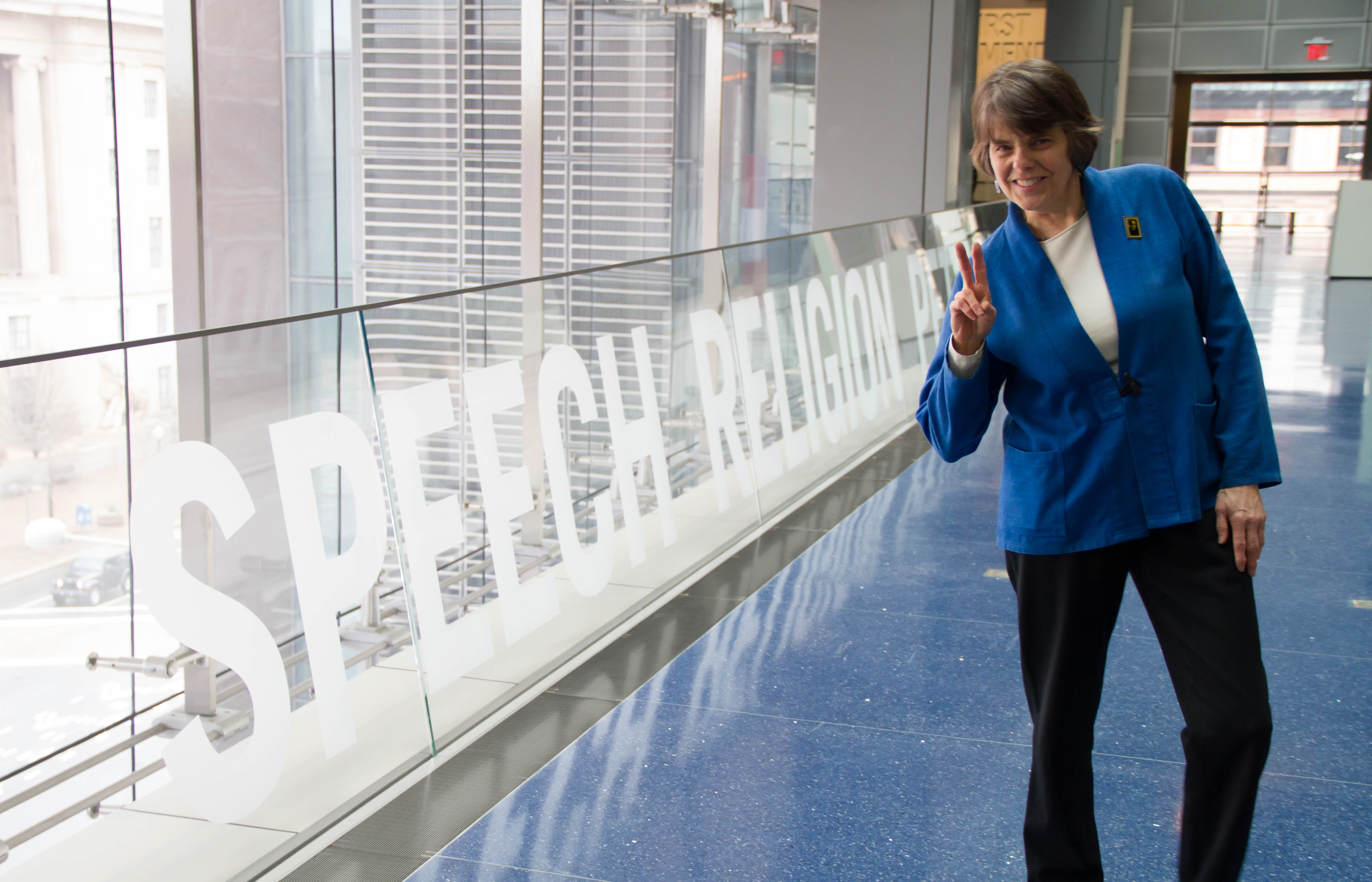“Matchmaker, Matchmaker” is a podcast about the universal quest for romantic love and the people who provide assistance finding it. Your host, Amanda Mosher follows a different matchmaker each season. The first season features Steven Sterns. This podcast is recorded, narrated, and edited by Amanda Mosher.
Matchmaker, Matchmaker the Trailer
Matchmaker, Matchmaker – Episode 1
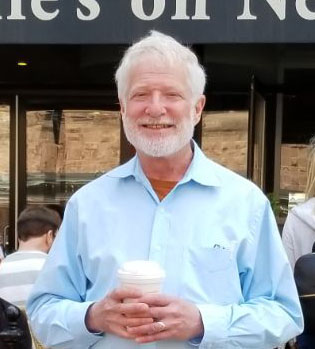
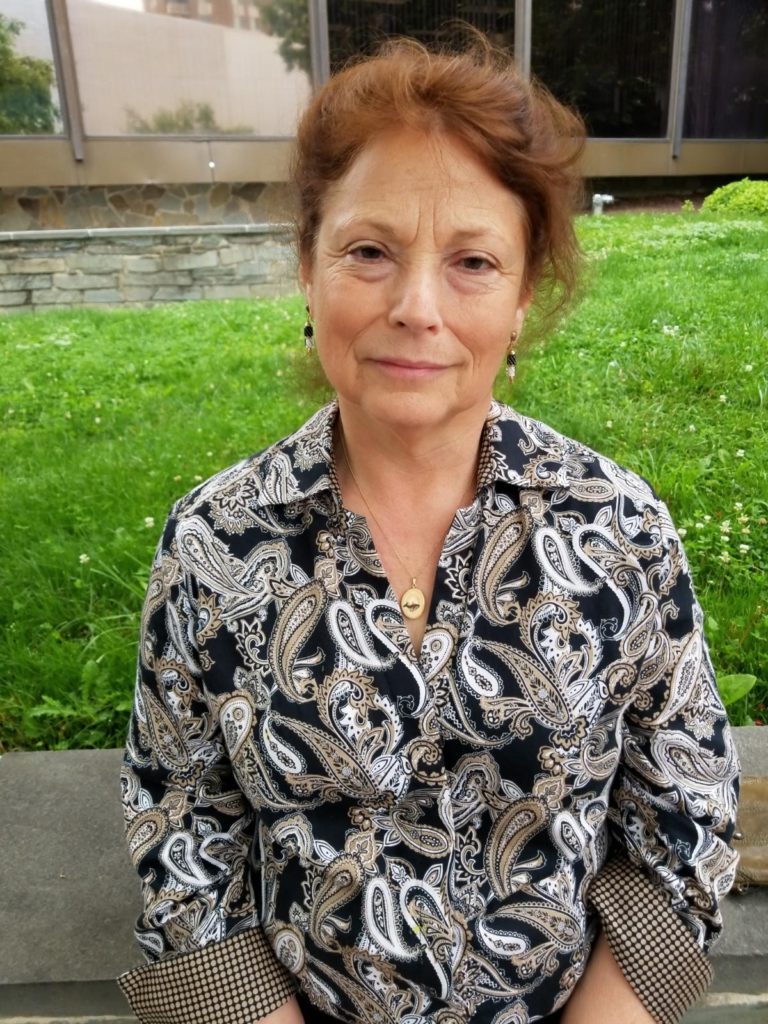
Music and Sound Effect Credits
Special Thanks:
- SYBS for the song, “Dinner for Two” on the You Tube Free Music Library
- Norma Rockwell for the song, “Three Kinds of Suns” on the You Tube Free Music Library
- Orange Free Sounds for the sound effects.
- Title Photo: WikiMedia Commons/Otterbein University Theatre & Dance
Transcript
Steve: I was the official matchmaker known as a shadchan down in Miami for Beth David Synagogue. And over a four-year-period I set up a 180 people on over 400 dates.
Host: “Matchmaker, Matchmaker” is a podcast about the universal quest for romantic love and the people who provide assistance finding it. I’m your host, Amanda Mosher.
eHarmony estimates that 40% of Americans have used online dating apps. With the prevalence of online dating, it’s hard to imagine how meeting partners worked in the past. Matchmaking has existed in some form in many cultures and was traditionally a standard practice. But for modern love seekers, it’s less common to use one and even more uncommon to be one.
Steve: I inadvertently got drafted into a matchmaking role in Princeton in the mid-eighties by a colleague in the bank. I had introduced this colleague to an individual. Of course, I thought they would hit it off as a couple, and I had never done it before. And my research was a less than rigorous.
Host: “Matchmaker, Matchmaker” will feature a different matchmaker each season. In this first season, we meet Steven Sterns.
Steve: The date did not go over well. Both of them were married, which I did not know when I made the introduction. I’ve since gotten much better. And the colleague who I set up was so annoyed that they had business cards printed out with my name, “Steven Stern, Professional Maven, and Yenter at Large, Never a Fee, Always for Free, International and Domestic Introductions Made.” And it had my work number on it and at the time I was a vice president in a bank in this small town, Princeton. And my colleague ran off a few hundred of these cards, and then went around to the more popular bars in the Princeton area, handing them out to women only saying, “He is great. He is fabulous. You got to use him.” And Monday morning, I came into work and I had a dozen phone calls from strange women who I didn’t know who wanted me to set them up. It was a good practical joke, and I would have just brushed it off, but we had three single men in my department at the time. And when they heard of it, they said, “Gee, we’d like to meet some of them.” And I became a matchmaker from that.
Host: Steve’s wife has witnessed the development of his hobby as a matchmaker for more than half of their 44 years of marriage.
Heidi: This is Heidi Markovitz. I’m the other half of the Steve and Heidi tap dance team. I would say, he was not as reluctant as he said. He thought, “What a great idea, how much fun. I can to talk to all kinds of new people and hear their life stories.” It was slow at first, but he really grew into it, especially when we were in Miami in the early nineties. And he got hooked up with the synagogue as their official matchmaker, but we’ll let him tell you about that.
Steve: Heidi had more input in this story than you think. We were new members to the synagogue and got drafted onto membership committee or something. We had a very well-respected rabbi, Jack Riemer. And Riemer really was interested into reaching out to the singles community. And Heidi gets up and says, “Oh, my husband has experienced with the singles community. He was a matchmaker.” Between Jack Riemer and Heidi, I ended up being assigned as the shadchan, the official matchmaker of Beth David Synagogue.
Heidi: My recollection was just slightly different. Yes, we were new members of the synagogue, and we got, of course, recruited to work on some committee or other. And while they were pressing him at this meeting to say, “Okay, and what role do you want to play, Mr. Stern? Are you going to be on this committee? Are you going to arrange a singles dance?” Are you going to whatever? They had a list of things. He was not really inclined to do any of those things. And he said, “I know I can do matchmaking. I used to do that, and I could do that for the synagogue.” So, I’d kind of look at it as a cooperative effort.
Host: So that’s what we know about how your matchmaking career came to be, but I’m not familiar with the term shadchan.
Steve: Shadchan is the professional title of what a matchmaker is. Everybody thinks, Yenter is a matchmaker, and it comes from Fiddler on the Roof. The matchmaker in that story, her name was Yenter, but Yenter is just a proper first name. And maven, which was also referred to, maven is simply Yiddish meaning expert. Traditionally in the 18th century, 19th century, you did have more arranged marriages, and I believe in those centuries, there was a position in eastern Europe, a profession of the matchmaker who would be engaged by the families to introduce couples correctly. In the modern world, it was just meant to be a supportive outreach to the community, and the use of the Yiddish-isms and the shadchan title and all was really just a humorous nod to what used to be tradition a hundred years earlier.
Heidi: In prior times, you had people being matched up, but even earlier the 20th century, certainly you had people who were known in the community as being good at finding mates, especially for hard to place people. The traditional matchmaker was engaged by the families who wanted their kids to get married. Nowadays, of course, if you’re either on an electronic dating service or a personal introduction service like Steve was doing, it’s the people themselves. John and Jane decided that they would like to meet some nice new people, and so they call themselves.
Steve: This was before any internet introductions before any Tender or anything like that. The technology wasn’t there. In fact, the first national or regional matchmaking service that I ever heard of came two years after I started and that was “It’s Just Lunch,” where they would introduce people literally just for lunch. No email even in those days. It was all verbal. The introductions were on the phone. I’d say 10, 15 percent of the people in their twenties, thirties, forties, and fifties were, “My mother wants me to date, my dad thinks I should get married.” Believe it or not. We’re talking lawyers, doctors, and all. And the motivation is…the initial one to call me, “My mother gave me your number, so I’m calling.”
Heidi: No question there. Steve would have people buttonholing him at events and saying, “I have a son who…” And his rule always was though that the principals had to contact him directly. He wasn’t going to reach out, because dad said, “Oy, she really has to meet somebody now.” He always insisted that at least if the person called and said, “My mom made me call,” that they did it on their own.
Steve: I would interview everyone for 45 minutes. What’s your background? What you’re looking for? If they insisted on only introductions within their religion, I honored that. If they were open to introductions beyond that, I respected that too.
Heidi: I listened to a lot of these phone conversations one-sided. If somebody’s calling him at 9 at night to say, “Mr. Stern, I need to get married next year. What can you do for me?” Or something like that. I couldn’t hear what they were saying necessarily, but I would hear his conversation. He’d say, “How tall? What color hair did you insist on?” Or things like that. So, I could get a grasp of what the conversation was, which was interesting.
Host: Next time, on Matchmaker, Matchmaker we hear how Steve’s matchmaking hobby took off after a local TV news station featured him in a story.
Heidi: I got home in time to watch the early news, and before it was half over, our phones started ringing. We had two telephone lines at the time, and they were both ringing. I’m answering the phone. Our 12-year-old is answering the phone, and as soon as I hang up, there was another call on there. All people who saw this television piece
Host: That’s all for this episode. Special thanks to SYBS for the song, “Dinner for Two” and Norma Rockwell for the song, “Three Kinds of Suns.” Both are available on the You Tube Free Music Library. Also, thanks to Orange Free Sounds for the sound effects.
Audio recording, editing, and transcribing by Amanda Mosher
